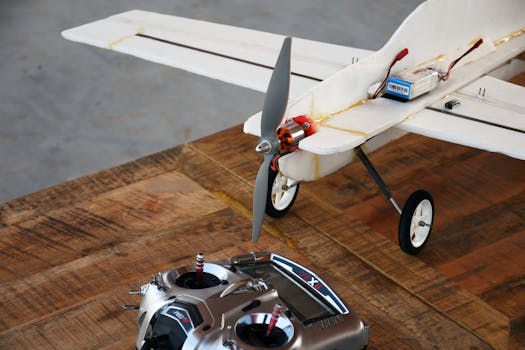+17162654855
+17162654855
DMV Publication News serves as an authoritative platform for delivering the latest industry updates, research insights, and significant developments across various sectors. Our news articles provide a comprehensive view of market trends, key findings, and groundbreaking initiatives, ensuring businesses and professionals stay ahead in a competitive landscape.
The News section on DMV Publication News highlights major industry events such as product launches, market expansions, mergers and acquisitions, financial reports, and strategic collaborations. This dedicated space allows businesses to gain valuable insights into evolving market dynamics, empowering them to make informed decisions.
At DMV Publication News, we cover a diverse range of industries, including Healthcare, Automotive, Utilities, Materials, Chemicals, Energy, Telecommunications, Technology, Financials, and Consumer Goods. Our mission is to ensure that professionals across these sectors have access to high-quality, data-driven news that shapes their industry’s future.
By featuring key industry updates and expert insights, DMV Publication News enhances brand visibility, credibility, and engagement for businesses worldwide. Whether it's the latest technological breakthrough or emerging market opportunities, our platform serves as a bridge between industry leaders, stakeholders, and decision-makers.
Stay informed with DMV Publication News – your trusted source for impactful industry news.
Industrials

The catastrophic Air India Flight 171 crash in 1978, resulting in a devastating inferno that claimed 213 lives, remains one of aviation history's most tragic events. While the official investigation concluded with a multitude of contributing factors, the possibility of a dual engine failure has persistently haunted the investigation and continues to fuel debate among aviation experts. Recent simulator tests, unearthed from previously classified documents, are shedding new light on this chilling possibility, reopening the case and raising critical questions about the incident's true cause. This article explores the evidence, examining the details of the crash, the official report, and the implications of these newly revealed simulator tests.
On June 1, 1978, Air India Flight 171, a Boeing 747-237B, took off from Mumbai's Chhatrapati Shivaji Maharaj International Airport en route to London. Shortly after takeoff, at approximately 1,500 feet, the aircraft experienced a catastrophic event that quickly spiralled into an uncontrollable descent. The plane crashed near Santa Cruz, resulting in a massive fire that consumed the aircraft and tragically claimed the lives of all but one onboard.
The initial investigation pointed to several factors contributing to the accident, including:
However, these conclusions remained inconclusive, leaving room for ongoing speculation. The lack of definitive answers surrounding the engine failures fuelled years of debate and unanswered questions.
The central mystery surrounding the Air India 171 tragedy centers on the engines' performance. The official report alluded to the possibility of multiple engine failures, but couldn't definitively pinpoint the precise sequence of events or the underlying cause. This uncertainty has led to continued scrutiny of the Boeing 747's engine design and operational procedures at the time.
The investigation struggled to definitively determine if one or more engines failed before or during the critical phase of the flight. This uncertainty has fueled the debate about the possibility of a dual engine failure leading to the catastrophic loss of control.
The recent discovery of previously classified simulator tests is significantly impacting the narrative. These tests, conducted under conditions closely replicating the Air India Flight 171 incident, appear to reveal a disturbing possibility: a dual engine failure scenario could have led to the uncontrollable descent and subsequent crash.
The simulator tests, focusing on the specific Boeing 747 model involved, examined various scenarios of engine failure, including:
The results of these simulator tests strongly suggest that a dual engine failure, either simultaneous or sequential, could have easily overcome the pilots’ ability to recover control of the aircraft. This raises critical questions about the adequacy of training protocols and the inherent design limitations of the aircraft under such extreme circumstances.
The tests don’t definitively prove a dual engine failure occurred on Flight 171, but they provide compelling evidence of a plausible scenario that aligns with the known sequence of events. It significantly strengthens the arguments of those who have long suspected a dual engine failure as a primary cause.
The release of these simulator tests calls for a renewed examination of the Air India Flight 171 crash. While the official report is unlikely to be overturned, the newfound evidence necessitates a thorough reassessment of the contributing factors. This reassessment should aim to achieve greater transparency and clarity about the events surrounding the tragedy.
This includes:
The Air India Flight 171 crash remains a poignant reminder of the inherent risks of air travel. While some level of risk will always exist, ongoing efforts to improve safety protocols, based on lessons learned from past tragedies, are crucial in reducing the likelihood of future accidents. The renewed focus on the possibility of a dual engine failure, thanks to the discovery of these simulator tests, is a vital step towards gaining a more complete understanding of the incident and preventing similar occurrences in the future. The families and loved ones of the victims deserve a complete and transparent accounting of this tragedy.